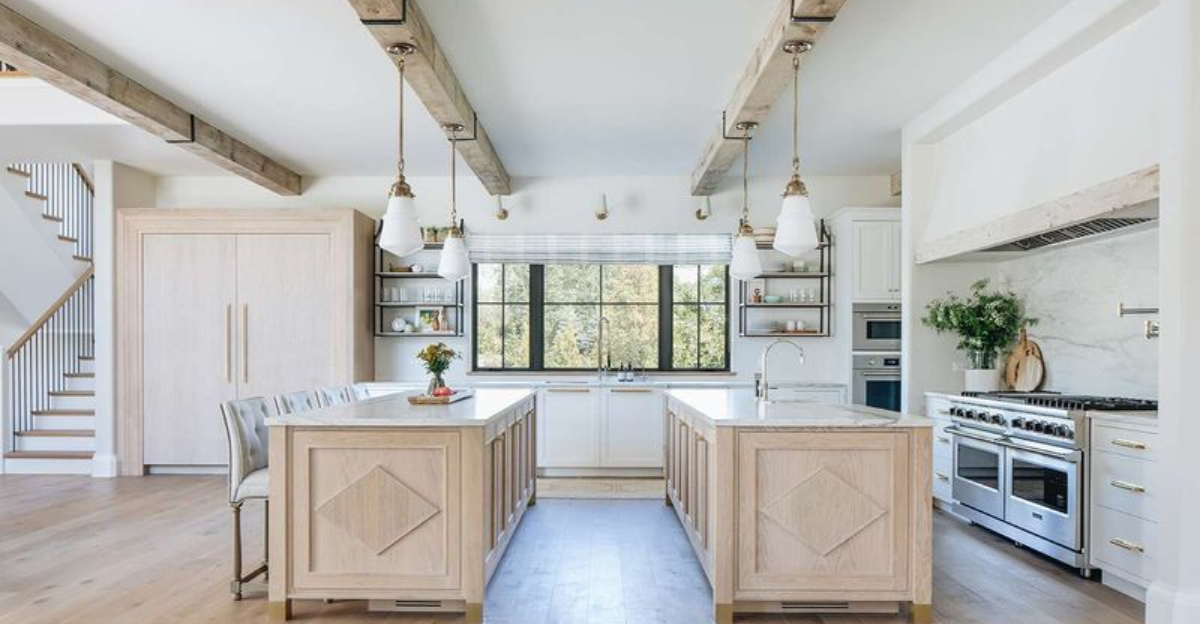Kitchens have become the showpiece of modern homes, but not every trendy feature deserves a place in your culinary space. Professional interior designers often see homeowners investing in unnecessary items that waste money and valuable kitchen real estate.
Explore which popular kitchen elements designers recommend skipping and which trendy features can be confidently ignored when planning your next kitchen update.
1. Over-the-range microwaves
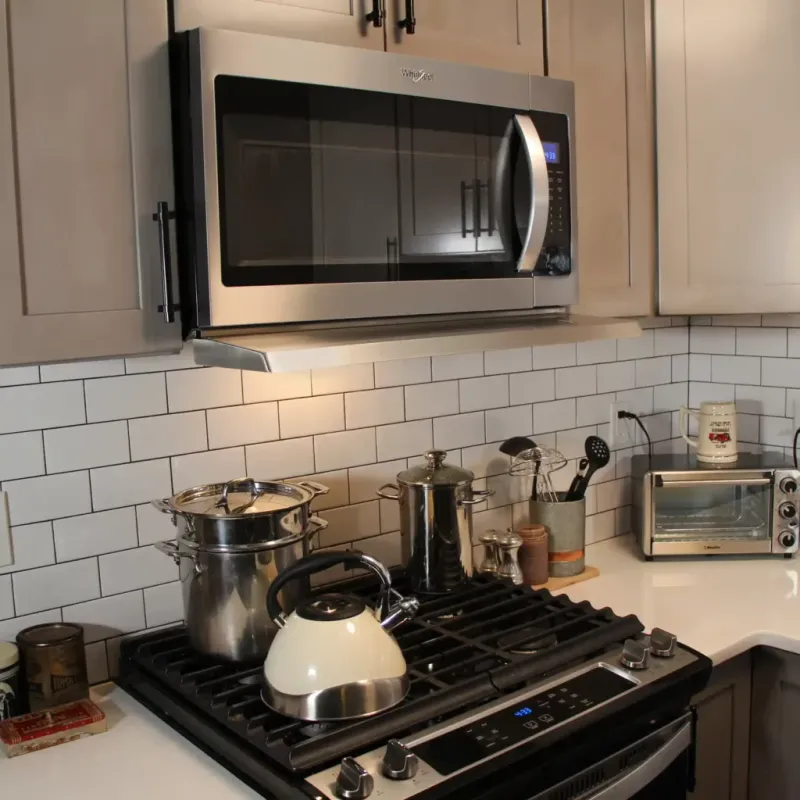
Placing microwaves above stovetops was once the height of convenience, but designers now advise against this dated arrangement. Heat and steam from cooking can damage electronics over time.
Modern kitchens favor hidden microwaves in pantries or dedicated microwave drawers that free up valuable wall space and create cleaner sightlines throughout your kitchen.
2. Double islands
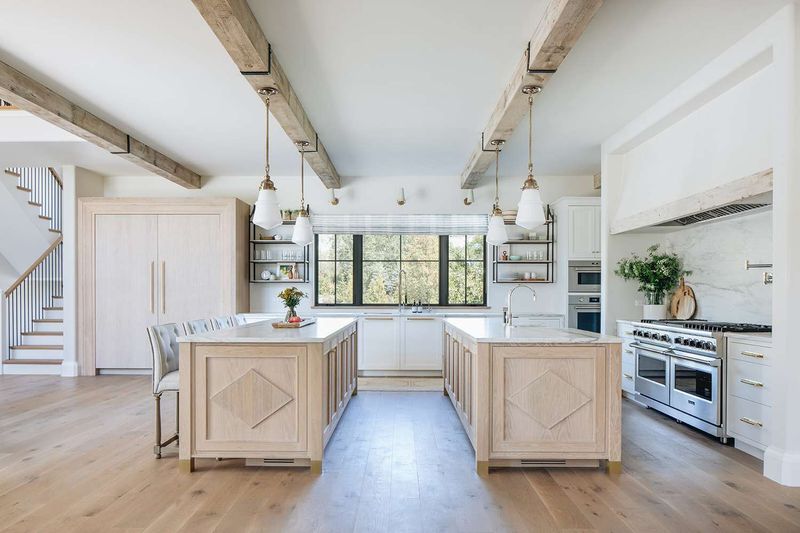
Unless you’re running a commercial kitchen or regularly hosting cooking shows, dual islands simply consume precious floor space. Most homeowners find a single well-designed island provides ample workspace and storage.
Walking around two islands creates an obstacle course during meal prep, and the awkward space between them often becomes a dust-collecting zone rather than functional kitchen area.
3. Pot fillers
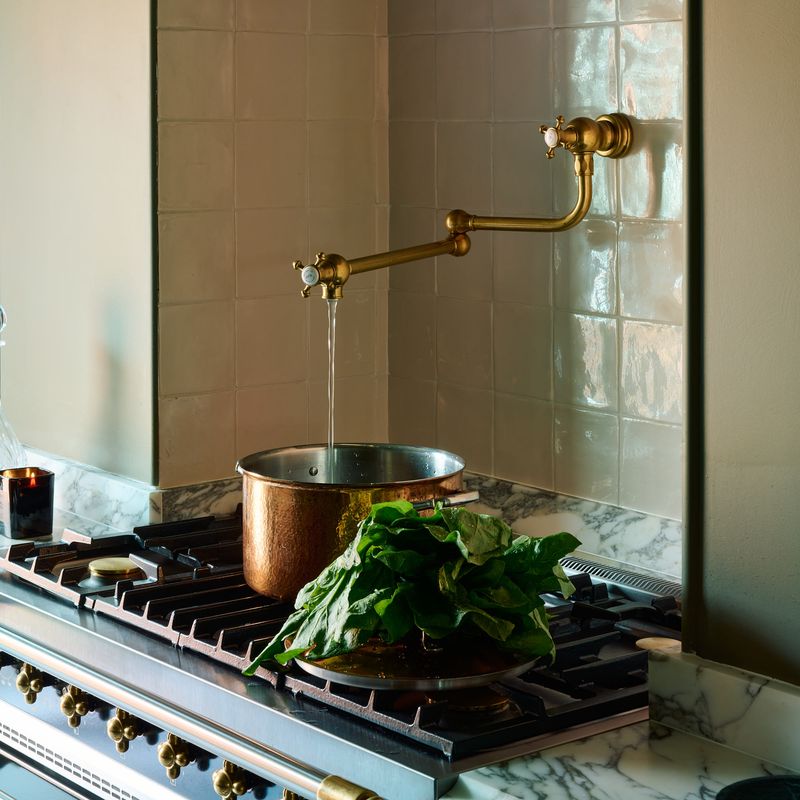
What initially seems like a luxury quickly reveals itself as an underused gimmick. While filling pasta pots at the stove sounds convenient, you’ll still need to carry that heavy water-filled pot to the sink for draining.
Installation requires expensive plumbing work behind walls, and leaks can cause major damage. Save your renovation budget for features you’ll use daily rather than this rarely-used novelty.
4. Excessive upper cabinetry
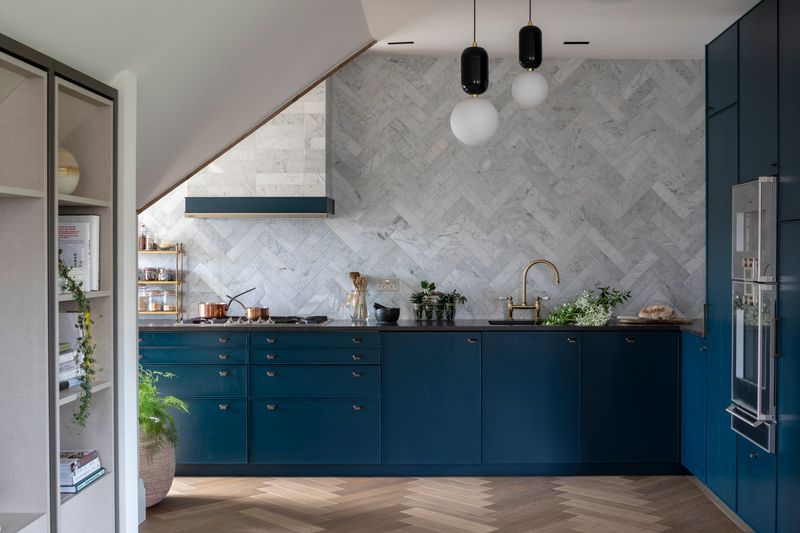
Wall-to-wall upper cabinets make kitchens feel cramped and claustrophobic. Many homeowners can’t even reach items stored in these high spaces without step stools.
Smart designers recommend focusing on maximizing lower cabinet storage with pull-out drawers and organizers. Selectively placed upper cabinets paired with strategic open areas create breathing room and opportunities for artwork or architectural details that add personality.
5. Built-in desk nooks
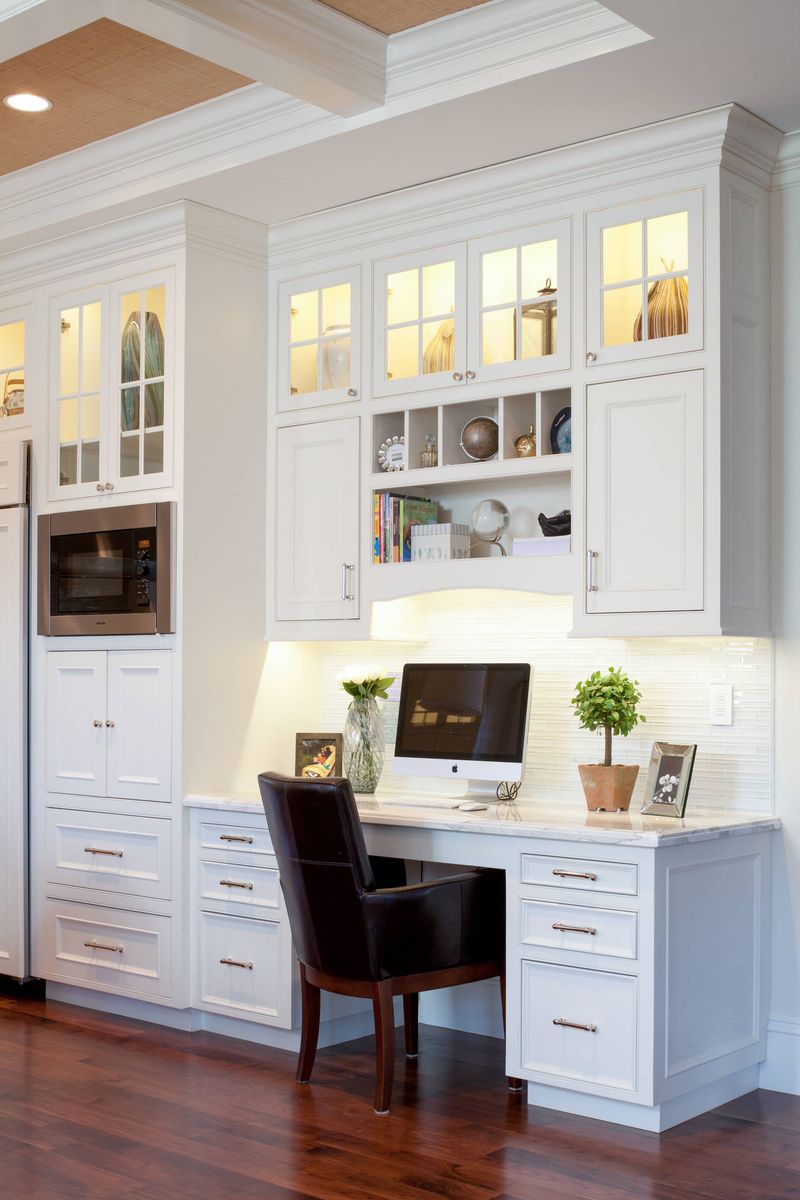
Kitchen desk areas inevitably become clutter magnets rather than functional workspaces. Mail piles up, laptops get splashed, and papers absorb cooking odors.
Most families naturally gravitate toward dining tables, living rooms, or dedicated home offices for computer work. Instead of wasting valuable kitchen square footage, consider extending your countertop space or adding a pantry where that desk would have been.
6. Ornate corbels and moldings
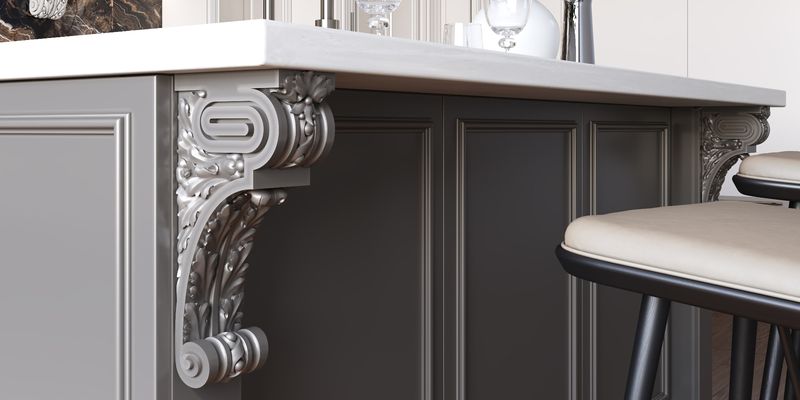
Fussy decorative elements collect grease and dust while making cleaning a nightmare. Intricate corbels supporting countertop overhangs and elaborate crown moldings quickly look dated and overwhelm modern kitchens.
Clean lines and simple details create timeless appeal that won’t feel outdated in five years. Focus on quality materials and thoughtful layout rather than decorative frills that distract from your kitchen’s functionality.
7. Hanging pot racks
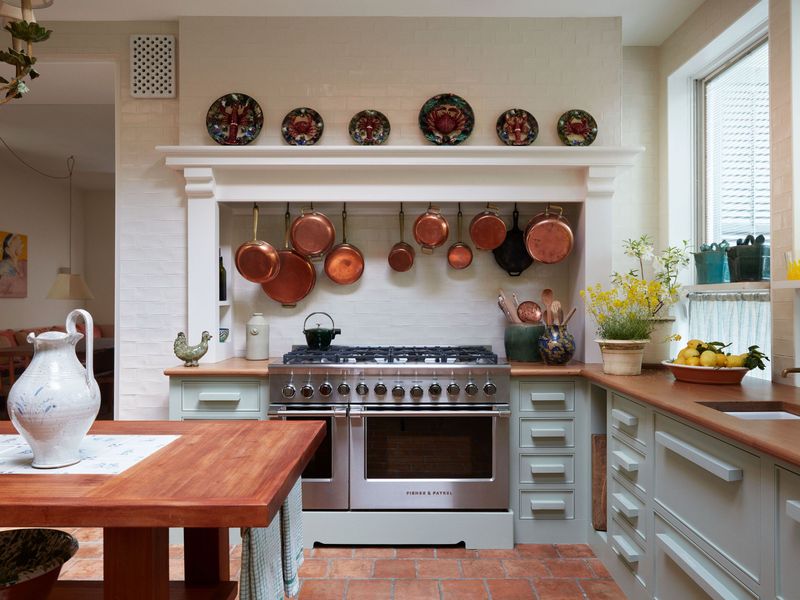
While celebrity chefs make suspended cookware look charming, reality involves dust accumulation and awkward reaching. Pots become visual clutter in your sightline, and unless you use each piece daily, they’ll develop a grimy film requiring frequent washing.
Deep drawers near your cooking zone provide more practical storage while keeping pots protected and your kitchen visually serene. Your ceiling space stays open, making the room feel larger.
8. Specialized single-use appliances
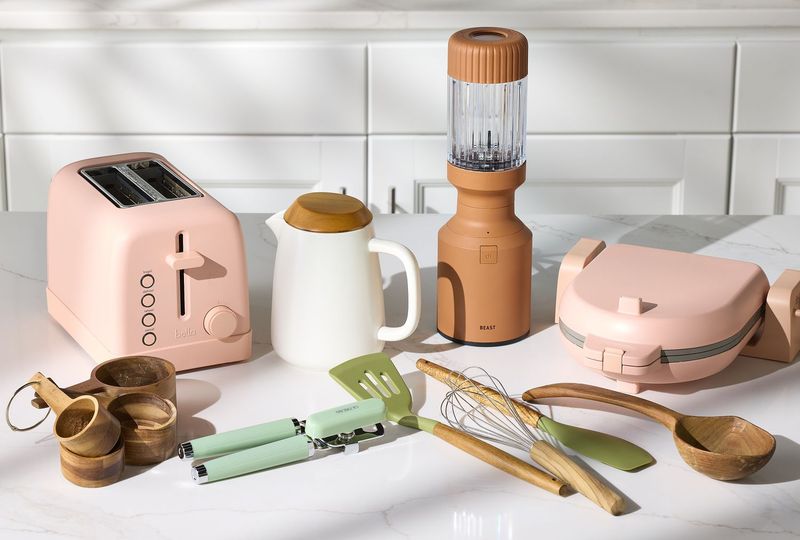
Juicers, pasta makers, and bread machines promise culinary convenience but typically end up collecting dust after the novelty wears off. Counter space is premium real estate in any kitchen.
Multi-functional appliances like high-quality blenders or food processors that handle numerous tasks make more sense. Ask yourself honestly how often you’ll use that specialized gadget before surrendering valuable workspace to store it.
9. Open shelving on every wall
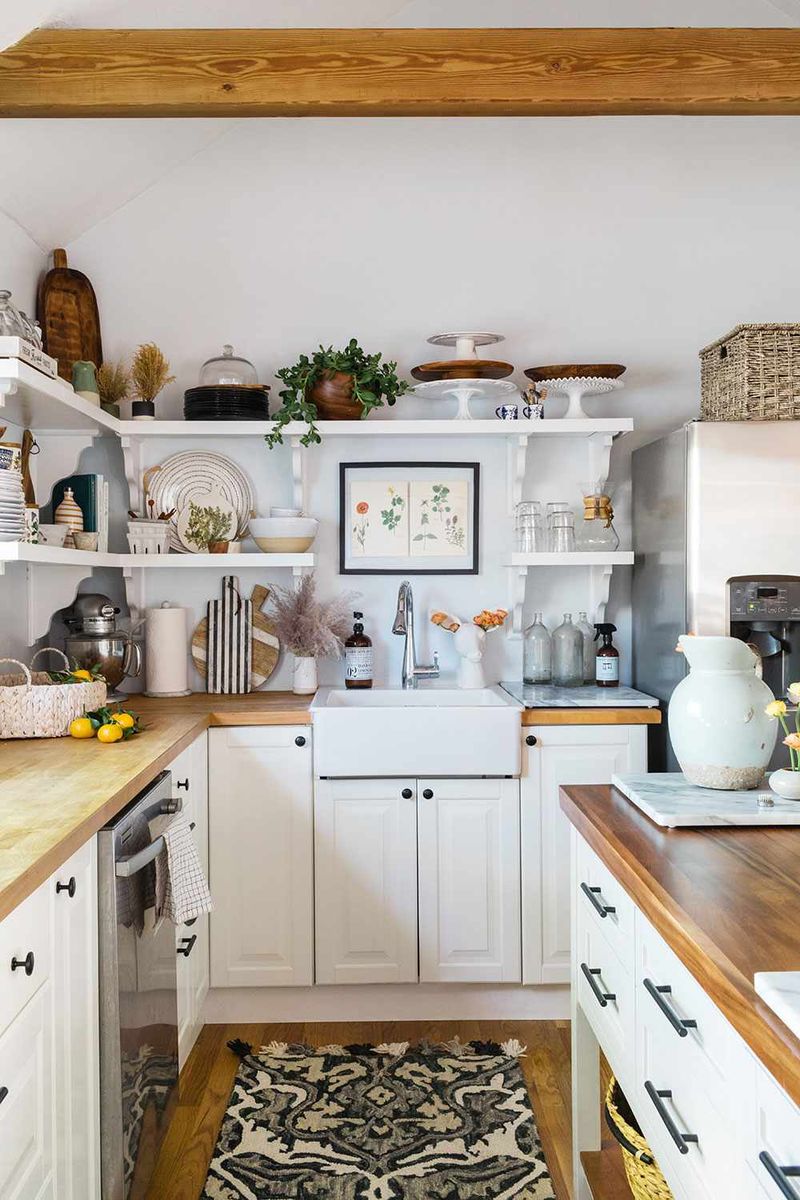
Magazine-worthy open shelving looks stunning in photoshoots but quickly becomes impractical in real life. Cooking grease and dust settle on exposed dishes, requiring constant cleaning and perfect arrangement to avoid looking messy.
Designers recommend limiting open shelving to one accent wall or small area displaying your most attractive pieces. Keep everyday essentials behind cabinet doors where they stay clean and organized without constant maintenance.
10. Overly themed décor
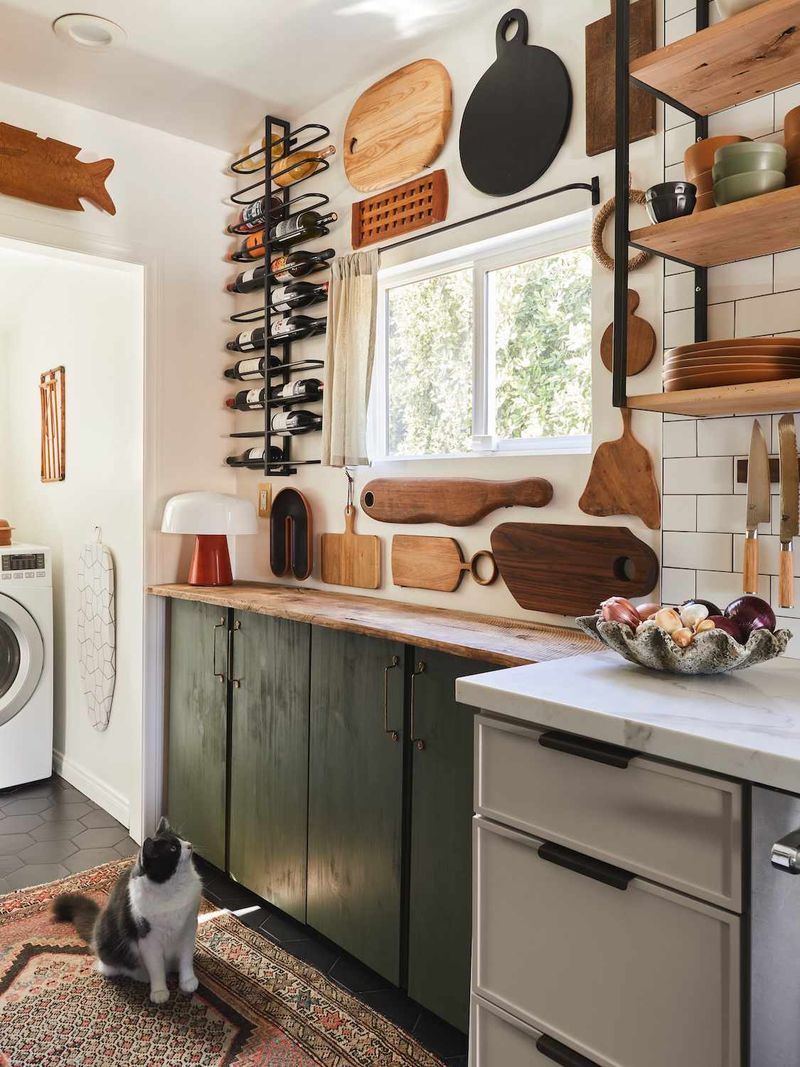
Kitchens drowning in “Live Laugh Love” signs, chef figurines, or aggressive farmhouse touches quickly feel dated and cluttered. Personality should come through in subtle ways rather than overwhelming themed accessories.
Quality materials, thoughtful color choices, and meaningful personal touches create more authentic character. A single vintage item or beautiful artwork makes a stronger statement than dozens of mass-produced themed objects competing for attention.
11. Glass-front refrigerator doors
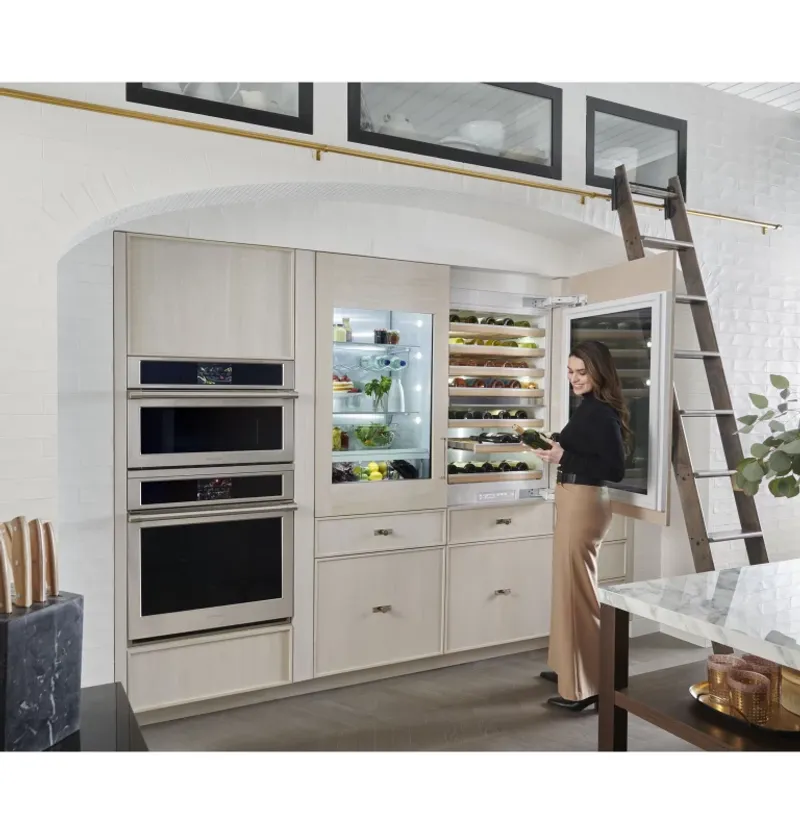
Seeing every container and leftover through transparent doors creates visual chaos rather than the sleek showroom effect you imagined. Unless you’re willing to meticulously arrange color-coordinated foods and beverages daily, reality won’t match the inspiration photo.
Standard integrated refrigerators that blend with cabinetry create a more cohesive look while hiding the inevitable refrigerator clutter that comes with real family life.
12. Colored LED toe-kick lighting
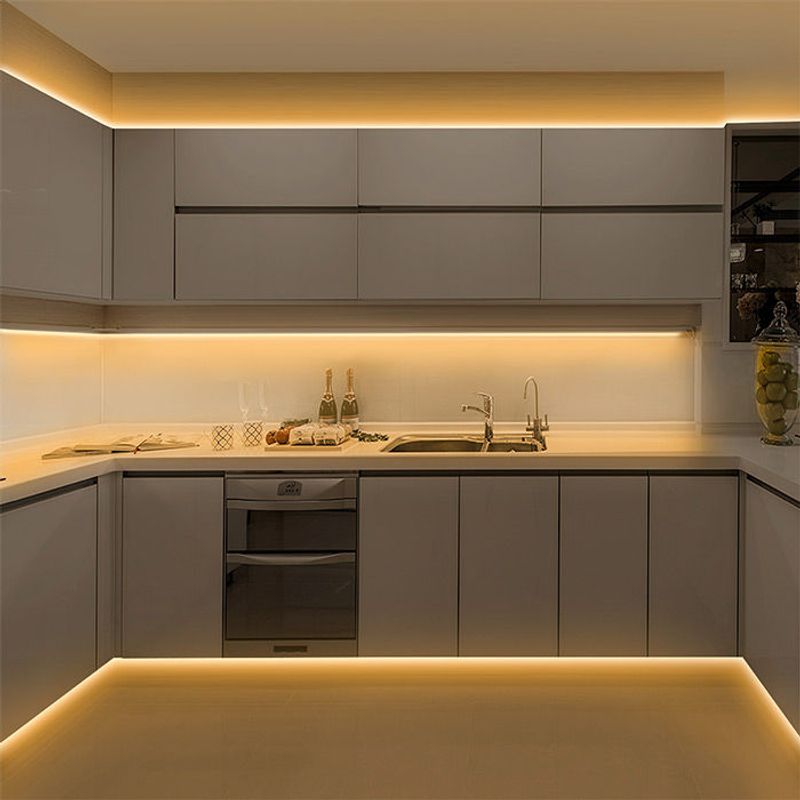
Glowing blue or purple lights under cabinets initially seem fun but quickly feel like living in a nightclub. Changing color preferences means this trendy feature often gets switched off permanently after the novelty wears off.
Warm white under-cabinet lighting for work surfaces provides practical illumination. If you want ambiance, invest in quality dimmable overhead fixtures that enhance your space without the disco vibe.
13. Overly trendy cabinet colors
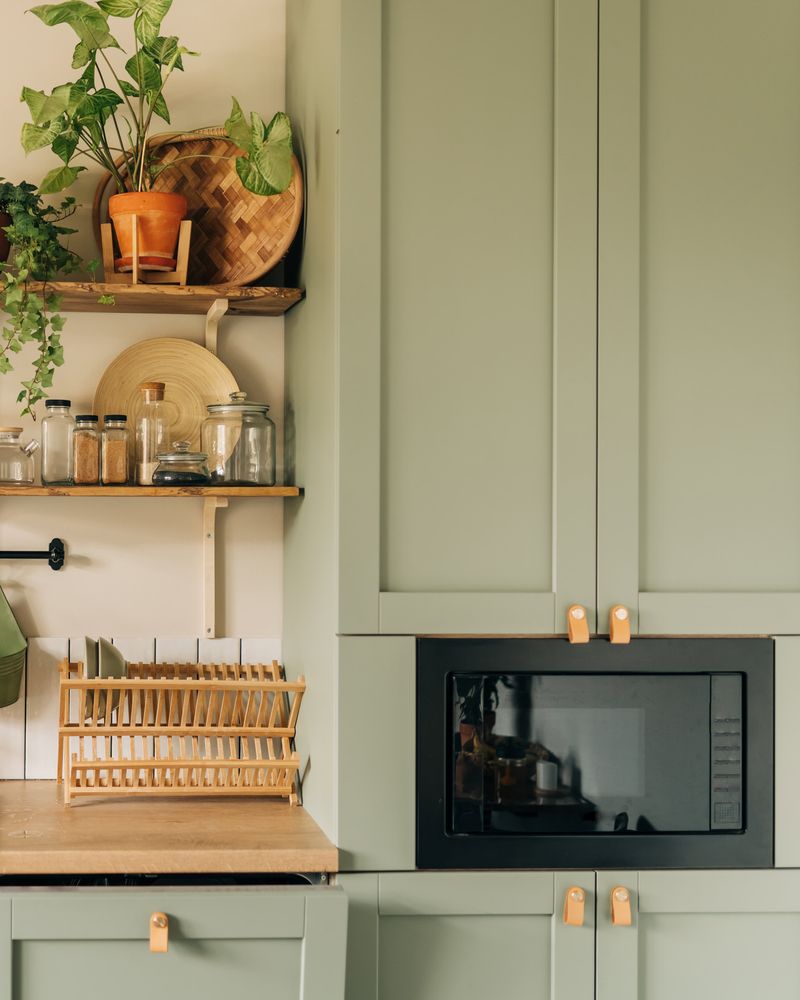
Bold turquoise or ultra-specific color trends might seem exciting during planning but often lead to renovation regret within a few years. Cabinet replacements are expensive, making trend-chasing particularly costly in this area.
Neutral cabinet colors with personality expressed through easily changeable elements like hardware, lighting, or accessories provide staying power. Classic white, wood tones, or soft grays create flexible foundations for evolving styles.
14. Faux brick backsplashes
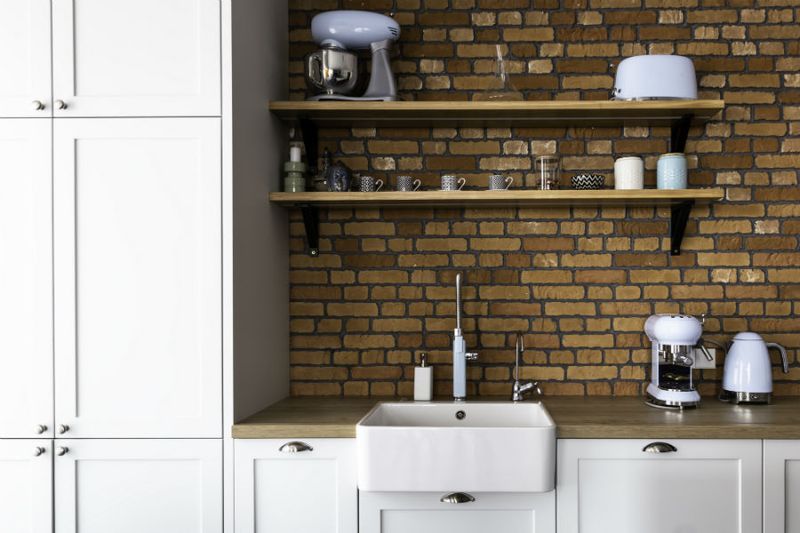
Stick-on brick panels or printed ceramic tiles mimicking exposed brick lack the authentic texture and patina of real masonry. Grease splatters and cooking residue quickly highlight the artificial nature of these imitations.
Quality materials that honestly express their nature—like handmade ceramic tile, natural stone, or even simple painted drywall—create more sophisticated results. Authenticity always outlasts pretending to be something else.
15. Vintage-style appliances in modern kitchens
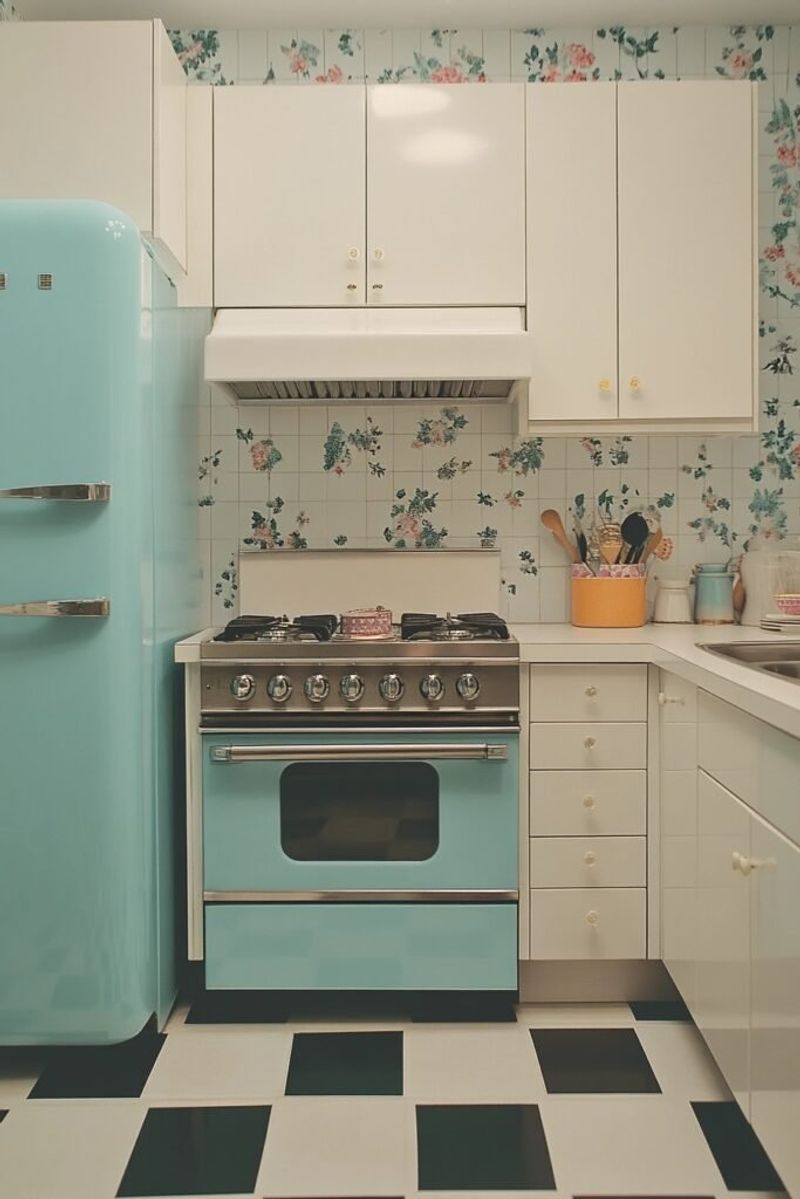
Candy-colored retro refrigerators or vintage-inspired ranges often clash with contemporary architecture rather than creating the charming contrast homeowners envision. Energy efficiency and functionality typically lag behind current models.
Mixing eras works when done thoughtfully with authentic vintage pieces as accents. For major appliances, sleek contemporary models in classic finishes like stainless steel provide better performance while harmonizing with various design styles.

